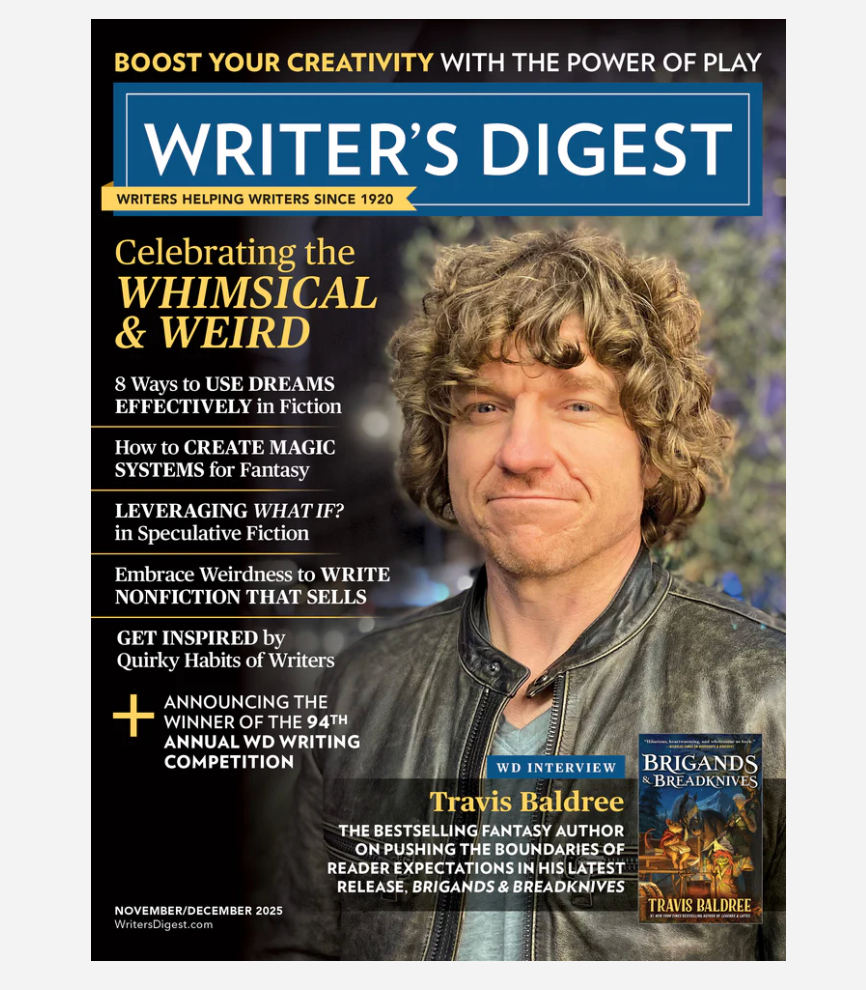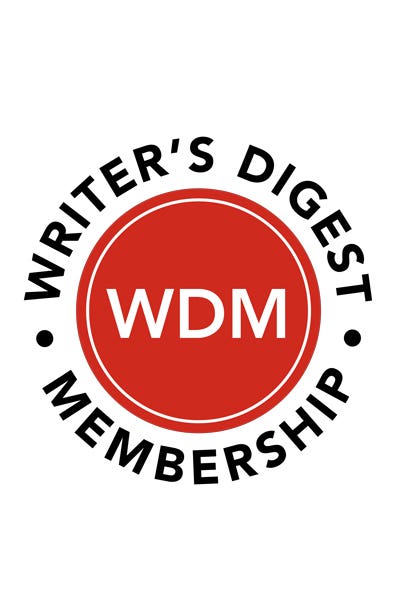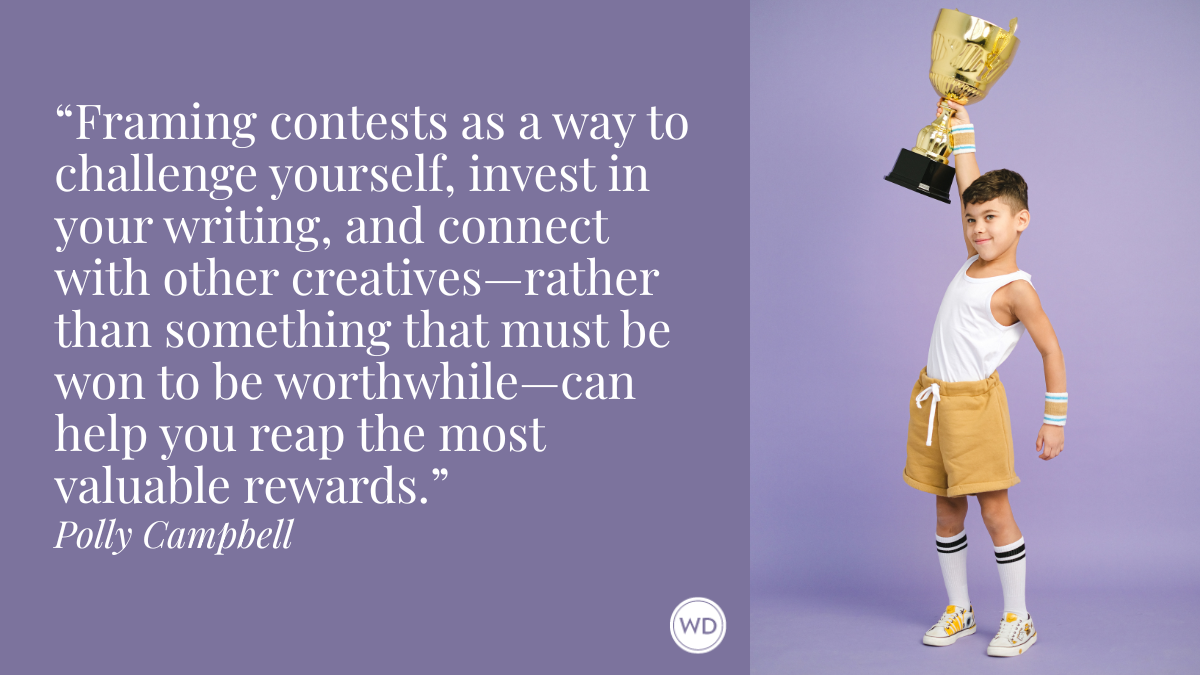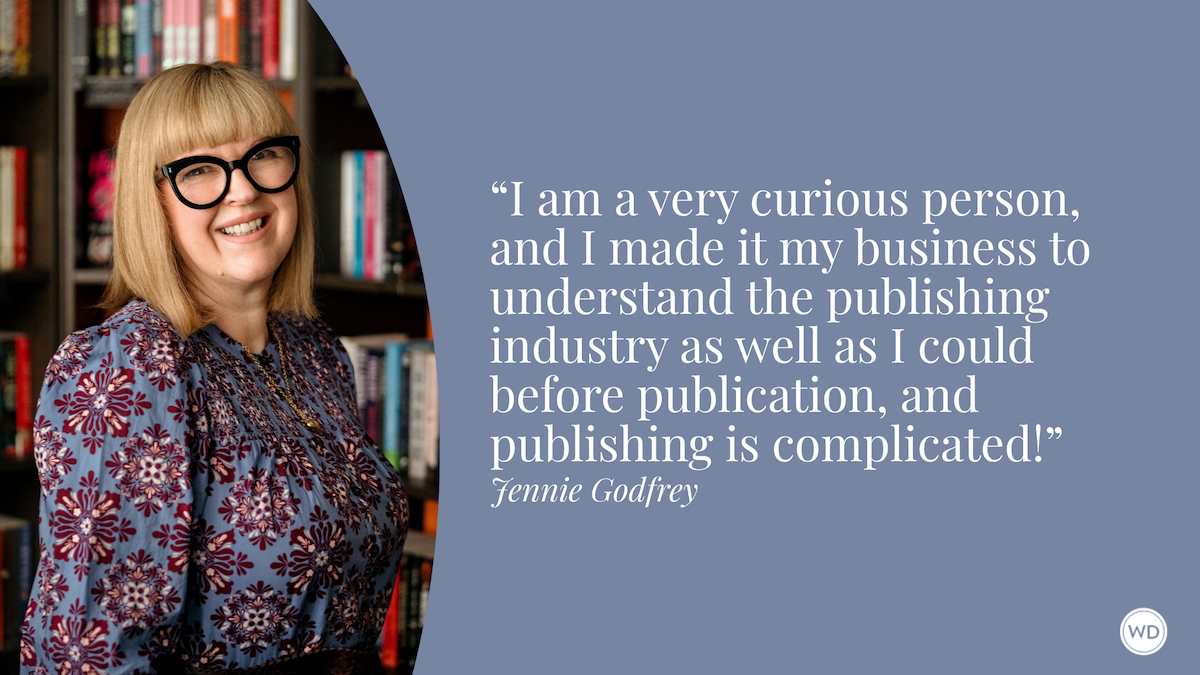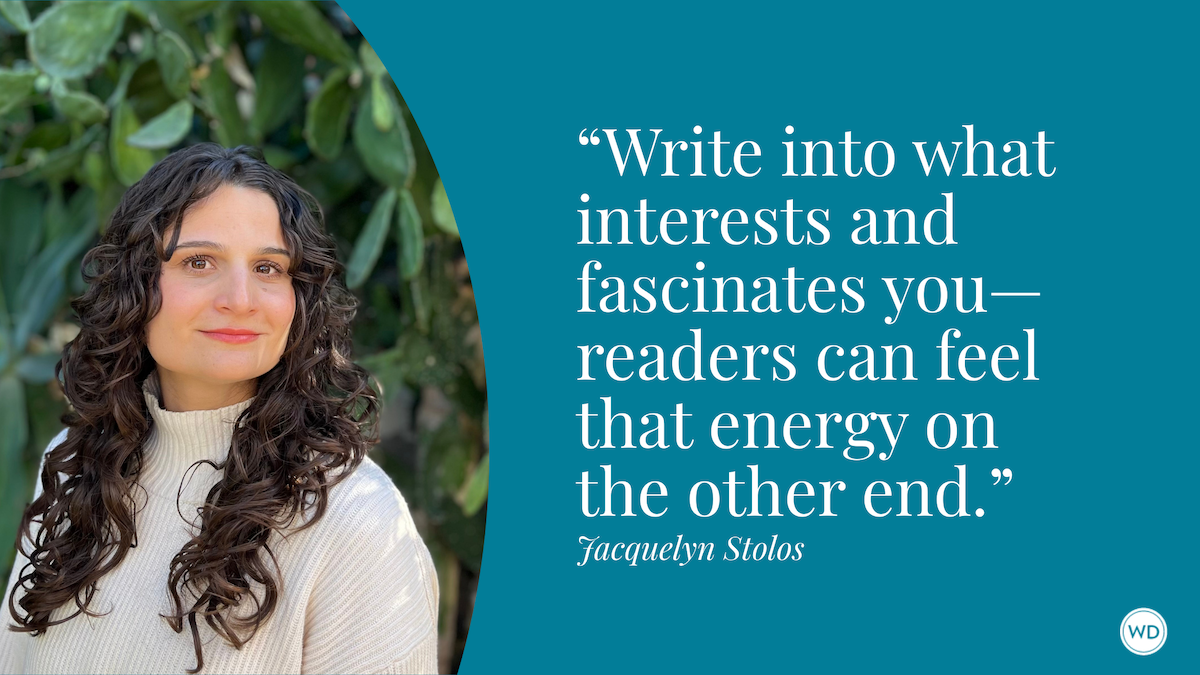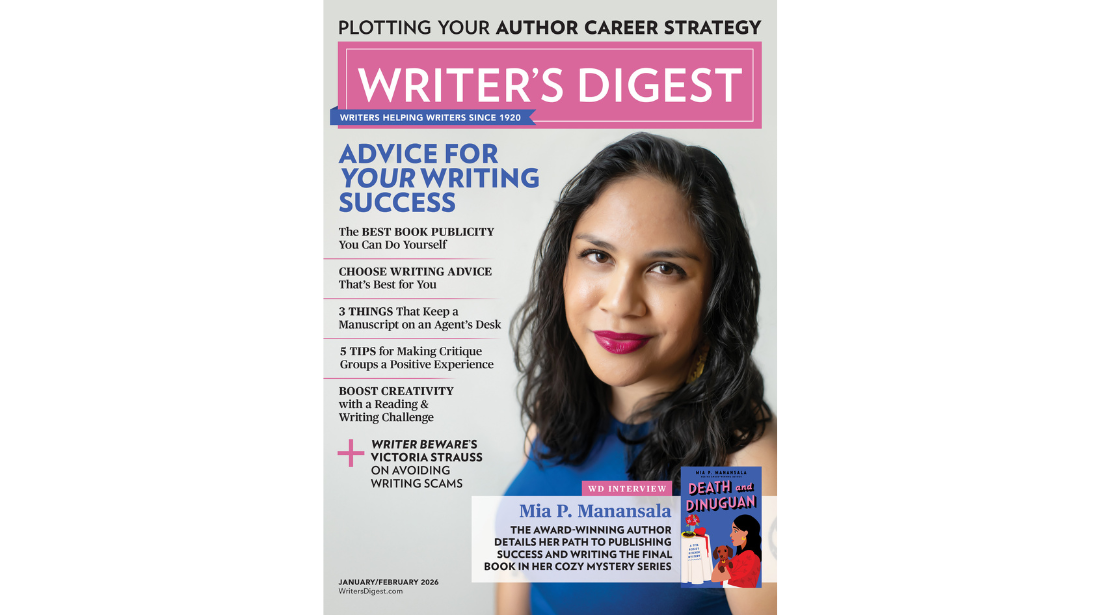Why Emotions Are a Writer’s Secret Weapon
Author Jean-Pierre Lacroix breaks down why emotion is the writer’s secret weapon and how to write emotionally charged content that connects.
I have written more than four books, one a bestseller in its field, and I am an avid blogger with thousands of words credited to my thoughts and ideas. Through this journey, I have gained one key insight: Emotions drive engagement.
Successful authors and writers know that people do not read books or articles for entertainment or knowledge; they consume content to meet their aspirational emotional needs. These needs vary depending on the topic of interest, from a variety of emotions such as confidence, discovery, intrigue, romance, and security. However, no matter the content being written, the underlying need is highly emotionally driven.
As such, much attention should be given to which emotions the writer wishes to share in their content and how these emotions meet the needs of their readers. This approach is much easier said than done to truly grasp the power of emotions when you have a publishing deadline or a 60,000-word book to write. Here I've shared seven tenets that will help you master the art of emotionally charged content, moving from how you engage with readers to how you make them feel.
Why It Matters
With hundreds of billions of words published annually across books, blogs, and other content, creating relevant material that truly stands out is more challenging than ever. Social media has also opened a Pandora’s box of content, much of it AI-generated and the rise of short-form videos and bite-sized posts limited to just a few characters.
Connecting Emotions to Content
For all of the challenges of resonating with your audience and standing out in this sea of content, there is a key solution: leveraging your writer’s emotional secret weapon to help engage with their audiences. AI can consolidate and summarize vast amounts of data, but it cannot create emotional connections. This is the realm we humans own.
I have identified seven tenets derived from the ThinkBlink Manifesto book, which was recently released (with your help, a bestseller). These tenets will help drive greater engagement and readership of a writer’s content while delivering meaningful value to the reader.
Tenet #1: Why do emotions matter?
The first tenet shows the importance of emotionally resonant content with audiences on a deep emotional level. Maybe it's empathy or the opposite, but the critical factor is understanding how you want to make the reader feel by reading your written words. When drafting your outline, add an emotional overall criterion supported through each page or section of your content. Understanding how your words are linked to the overall emotional needs of your reader will ensure they remain engaged.
Tenet #2: Does your story support visuals that connect instantly?
We connect with visuals 6,000 times faster than words, and the ability to feature images supporting your content is key. It could be the book cover, or illustrations depicting core insights in your content, irrespective, these images do quickly connect and support your message. If your book is competing on Amazon or your blog on social media platforms, research has shown, linking the content to images does drive engagement and information retention. It is also critical that the image remains simple and easy to understand to avoid having readers work and decipher the message. Ensuring your image not only reinforces an idea but also links back to the first tenet will ensure you are building a coherent message throughout the content.
Tenet #3: Are you creating a mirror to the aspirational needs of your audience?
When considering your content or topic, you must understand who you are appealing to. Is it emerging entrepreneurs, the media, or parents with young children? In marketing terms, we define these as personas, defining your readership in terms of lifestyle, emotional and functional needs, and how the content fits within their lives. Understanding with clarity your readership will also help lay the foundation for the first tenet, defining your key emotional message. When writing, I highly recommend you create an image board of your target audience with supporting words that define what they expect to gain from your content.
Tenet #4: Are you telling a story or just sharing content?
Content or book writing should follow a time-proven approach of storytelling. As humans, we learn and retain information through stories, and your material needs to follow this narrative approach: identifying, who is the hero, what is the challenge, what is the impact of not overcoming this challenge, who will help the hero overcome the challenge, and how is the challenge overcome, resulting in the ideal state, this is foundation of any great, memorable content.
Tenet #5: Is your content creating a sense of belonging?
Ideal content should inspire and motivate the reader towards an action that supports their aspirational needs defined in the first tenet. I wrote a book in 2010 on the importance of belonging as the doorway to allowing people to aspire. The book highlighted that a key, often forgotten step along this journey is creating a sense of belonging. Can you group your audience as part of a tribe, a group of individuals with shared values and beliefs? Defining your content’s sense of belonging is critical if you want to enlist promoters of your content, driving likes and shares across social media platforms.
Tenet #6: How are you measuring what matters?
One of the most often overlooked factors in writing is starting with measurable metrics or goals for your content. Is your content written to become a bestseller or to drive new business activity or social media engagement? Defining at the onset of writing your content, your goals, and measurable objectives will allow you to fine-tune your craft, learn from what worked and what did not. It serves as a strong learning platform to hone your skills towards greater sales and engagement. Today, we are fortunate as there are many metrics available across social media and online platforms to help gauge the performance of your content. However, if you do not set these goals up front, you risk a lack of knowledge on how you can improve and evolve your writing.
Tenet #7: Is your content future-proof or timely?
With the abundance of content written every day, there is a significant risk that your topic may become obsolete well before you publish the content. This is where I create a distinction between timely and longview content. Timely may reflect a blog or article on a recent trend or event which is capturing headlines, while longview articles and book content tend to explore deeper and often longer-term trends that play out over decades. Think of your content as having a shelf life similar to fresh produce, with some content tapping into yet emerging trends which have decades of relevance versus how-to books, where the longevity can be measured in years as technology and practices change. In writing your content, decide if it is timely or longview and if the latter category, understand the shelf life of your material.
Flipping the Page
Content should be viewed as a product reflecting both your need to express yourself and also filling a consumer's emotional desire. Putting your content or book under this perspective and incorporating the seven tenets will ensure your message resonates with your audience and reflects your desired goals.
Check out Jean-Pierre Lacroix's ThinkBlink Manifesto here:
(WD uses affiliate links)


